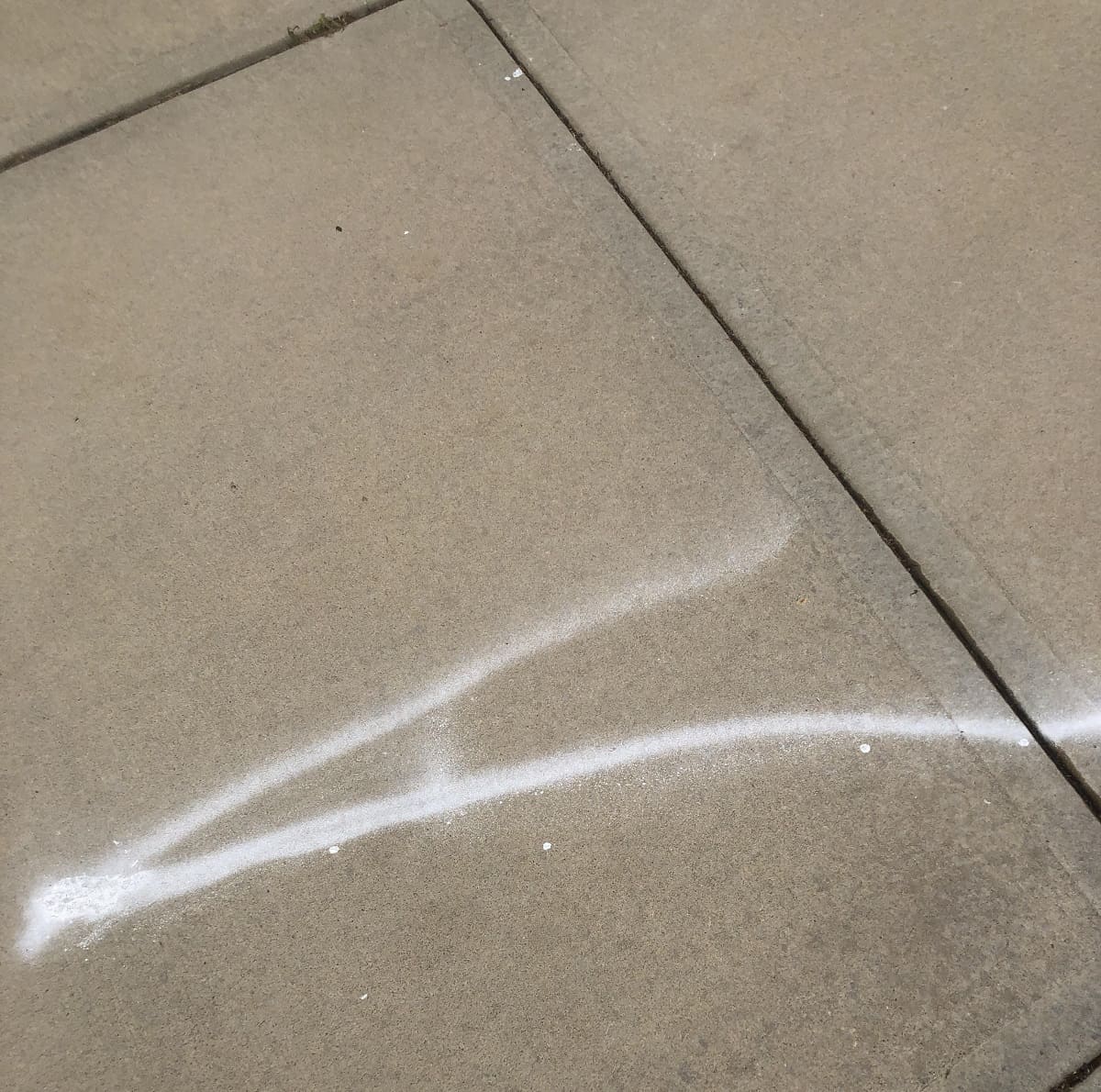

Articles
How To Get Spray Paint Off The Floor
Modified: May 6, 2024
Looking for articles on how to get spray paint off the floor? Check out our helpful tips and tricks to remove stubborn paint stains from any type of flooring.
(Many of the links in this article redirect to a specific reviewed product. Your purchase of these products through affiliate links helps to generate commission for Storables.com, at no extra cost. Learn more)
Introduction
Welcome to the world of DIY projects, where creativity knows no bounds. Whether you’re revamping a piece of furniture or embarking on a home improvement adventure, spray paint can be a game-changer. However, accidents happen, and sometimes that vibrant spray paint ends up on the floor instead of your intended target. Don’t panic! With a little bit of know-how and the right techniques, you can easily remove spray paint from various types of flooring.
Before diving into the removal process, it’s important to understand the different types of spray paint. The most common types include acrylic, enamel, and oil-based spray paint. Each has its own characteristics and requires a specific approach for removal. Understanding the type of spray paint used will help you choose the appropriate technique and materials for cleaning.
Additionally, it’s crucial to assess the material of your flooring. The process of removing spray paint can vary depending on whether you have hardwood, tile, concrete, laminate, vinyl, or linoleum floors. Different materials may respond differently to certain cleaning agents or techniques, so it’s important to identify the specific material before proceeding.
Now that we have a basic understanding of the spray paint types and floor materials, let’s dive into the step-by-step process of removing spray paint from different types of flooring. But before we begin, be sure to protect yourself by wearing gloves and working in a well-ventilated area if using any chemical cleaners.
Key Takeaways:
- Understanding the type of spray paint and the material of your flooring is crucial in determining the best approach for removal. Whether it’s hardwood, tile, concrete, laminate, vinyl, or linoleum floors, specific techniques and cleaning agents work best for each type.
- When removing spray paint, be patient and persistent, using gentle techniques to protect the integrity of your floors. Take necessary safety precautions, such as wearing gloves and working in a well-ventilated area when using chemical cleaners. Avoid using harsh chemicals, abrasive tools, or excessive force, as these can cause damage to your floors.
Read more: How To Get Spray Paint Off A Driveway
Understanding the Types of Spray Paint
When it comes to spray paint, there are a few different types to be aware of. The most common types include acrylic, enamel, and oil-based spray paint. Each type has its own properties and characteristics that affect how it adheres to surfaces and how it can be removed.
1. Acrylic Spray Paint: Acrylic spray paint is water-based and contains pigment suspended in an acrylic polymer solution. It dries quickly and forms a durable, glossy finish. Acrylic spray paint is commonly used for artistic and craft projects. It is generally easy to remove with the right techniques, making it a less daunting task to tackle.
2. Enamel Spray Paint: Enamel spray paint is solvent-based and contains pigments and varnish-like resins. It creates a hard, smooth, and glossy finish that is resistant to wear and tear. Enamel spray paint is often used for high-traffic areas or surfaces that require a more durable finish. Since it is solvent-based, removing enamel spray paint can be a bit more challenging, requiring the use of stronger cleaning agents and techniques.
3. Oil-based Spray Paint: Oil-based spray paint contains pigments suspended in an oil-based solution. It provides a durable, long-lasting finish that is resistant to weather and UV damage. Oil-based spray paint is commonly used for outdoor projects or surfaces that require a tough, protective coating. Removing oil-based spray paint can be the most difficult task, as it requires a combination of solvents and scrubbing to effectively remove the paint from surfaces.
Before attempting to remove spray paint from your floor, it’s important to identify the type of spray paint you’re dealing with. This information will help you choose the appropriate cleaning agents and techniques for the best results.
Assessing the Floor Material
When it comes to removing spray paint from your floor, it’s important to consider the specific material of your flooring. Different types of flooring may react differently to cleaning agents and techniques, so understanding the characteristics of your floor material is essential for successful paint removal.
1. Hardwood Floors: Hardwood floors are known for their natural beauty and durability. However, they are susceptible to scratches and damage if not properly cared for. When removing spray paint from hardwood floors, you need to be cautious to avoid causing any further damage. It’s best to use gentle cleaning agents and techniques, such as rubbing alcohol or a mixture of dish soap and water. Avoid using abrasive tools or harsh chemicals that can strip the finish or discolor the wood.
2. Tile Floors: Tile floors are commonly found in bathrooms, kitchens, and other high-moisture areas. They are durable and resistant to stains, making them relatively easier to clean. To remove spray paint from tile floors, you can start by using a mild detergent or a mixture of baking soda and water. For stubborn stains, you can try using a small amount of nail polish remover or acetone. Be sure to test any cleaning agent in a small, inconspicuous area first to ensure that it won’t damage the tile or grout.
3. Concrete Floors: Concrete floors are often found in basements, garages, or outdoor spaces. They are strong and durable, but removing spray paint from concrete can be a bit more challenging. Start by scrubbing the affected area with a stiff brush and warm soapy water. If the spray paint doesn’t come off easily, you can try using a specialized paint stripper or a power washer. Be cautious when using harsh chemicals or equipment, as they can damage the concrete if not used correctly.
4. Laminate Floors: Laminate floors are made of several layers of materials, including a printed image of wood, stone, or tile. They are relatively low-maintenance, but harsh cleaning agents or abrasive tools can cause damage. To remove spray paint from laminate floors, start by using a combination of warm water and mild detergent. Gently scrub the area with a soft cloth or sponge, avoiding excessive moisture. Avoid using abrasive cleaners or tools that can scratch the surface or remove the printed layer.
5. Vinyl Floors: Vinyl floors are known for their affordability and versatility. They are resistant to moisture and stains, making them easy to clean. To remove spray paint from vinyl floors, start by using a mixture of warm water and mild detergent. Gently scrub the affected area with a soft cloth or sponge. For stubborn stains, you can try using a small amount of rubbing alcohol or nail polish remover. Avoid using abrasive cleaners or tools that can damage the vinyl.
6. Linoleum Floors: Linoleum floors are made of natural materials such as linseed oil, cork flour, and jute. They are durable and resistant to damage, but they require proper care to maintain their appearance. To remove spray paint from linoleum floors, start by using a mild detergent or a mixture of warm water and vinegar. Gently scrub the area with a soft cloth or sponge, avoiding excessive moisture. Avoid using harsh chemicals or abrasive tools that can cause discoloration or damage to the linoleum.
By assessing the material of your floor, you can choose the most appropriate cleaning agents and techniques to effectively and safely remove spray paint without causing any further damage. Always remember to test any cleaning agent in a small, inconspicuous area first to ensure compatibility with your specific floor material.
Preparing the Area
Before you begin the process of removing spray paint from your floor, it’s important to properly prepare the area. Taking the time to prepare will not only make the cleanup process more efficient but also protect other surfaces and prevent further damage.
Here are some essential steps to follow when preparing the area:
1. Clear the Area: Remove any furniture, rugs, or objects from the affected area. This will give you better access to the spray paint and prevent accidental damage to your belongings.
2. Ventilate the Space: Ensure that the room or area is well-ventilated by opening windows or using fans. This will help dissipate any fumes from the cleaning agents you might be using during the paint removal process.
3. Protect Adjacent Surfaces: Use drop cloths, plastic sheets, or even old newspapers to cover and protect any adjacent surfaces that you don’t want to get paint or cleaning agents on. This will prevent accidental spills or splatters, saving you from the hassle of additional cleanup.
4. Gather Cleaning Supplies: Before you start removing the spray paint, gather all the necessary cleaning supplies. Depending on the type of spray paint and the floor material, you might need items such as soft cloths, sponges, scrub brushes, mild detergents, rubbing alcohol, nail polish remover, paint strippers, warm water, and protective gloves.
5. Read Safety Instructions: If you’re using any chemical cleaners or solvents, it’s important to read and follow the safety instructions provided by the manufacturer. This will ensure your safety and help you understand any precautions or protective measures you need to take while working with these substances.
6. Test in an Inconspicuous Area: Before applying any cleaning agents to the entire affected area, it’s crucial to test them in a small, inconspicuous area of the floor. This will help you determine if the cleaning agent causes any discoloration, damage, or adverse reactions with the floor material.
By following these preparation steps, you’ll create a safe and controlled environment for removing spray paint from your floor. Remember, taking the time to prepare adequately will contribute to a more successful and efficient cleanup process.
Removing Spray Paint from Hardwood Floors
Hardwood floors add warmth and beauty to any space, but accidental spray paint spills can be a cause for concern. The key to successfully removing spray paint from hardwood floors is to act quickly and use gentle cleaning techniques to avoid causing any further damage. Here’s a step-by-step guide to help you through the process:
1. Act Fast: As soon as you notice the spray paint on your hardwood floor, it’s crucial to act fast. The longer the paint sits, the more it can penetrate the wood and become challenging to remove.
2. Test in an Inconspicuous Area: Before you start cleaning the entire affected area, test your chosen cleaning agent or method in a small, inconspicuous area of the floor. This will help ensure that it doesn’t cause any discoloration, damage, or adverse reactions.
3. Blot and Scrape: If the spray paint is still wet, blot it gently with a clean cloth or paper towel to remove as much paint as possible. Avoid rubbing the paint, as this can push it further into the wood. For dried paint, use a plastic scraper or a credit card to carefully scrape off the excess paint. Be cautious not to scratch or gouge the wood surface.
4. Apply Rubbing Alcohol: Moisten a soft cloth with rubbing alcohol and gently dab it onto the spray paint. Let it sit for a few minutes to soften the paint. Avoid pouring the alcohol directly onto the floor, as excessive moisture can damage the wood.
5. Gently Wipe the Paint: Using a soft cloth, gently wipe the treated area. Start from the outside of the paint and work your way towards the center to prevent spreading the paint further. Repeat this process as needed until you’ve removed all the paint.
6. Clean the Floor: After removing the spray paint, clean the hardwood floor with a mixture of mild dish soap and warm water. Use a soft cloth or mop to gently clean the area, ensuring that all traces of paint and cleaning agents are removed.
7. Rinse and Dry: Once you’ve cleaned the area, rinse the floor with clean water to remove any soap residue. Dry the floor thoroughly with a clean towel or allow it to air dry completely.
8. Polish and Protect: Finally, apply a hardwood floor polish or wax to restore the shine and protect the wood. Follow the manufacturer’s instructions for application and allow the polish to dry completely before placing any furniture back on the floor.
Remember, when dealing with hardwood floors, it’s essential to be gentle and cautious to avoid damaging the wood. If the spray paint stain is stubborn and doesn’t respond to these methods, it’s recommended to seek professional help to prevent further damage to your beautiful hardwood floors.
Read more: How To Get Spray Paint Off Carpet
Removing Spray Paint from Tile Floors
Tile floors are a popular choice for high-moisture areas such as bathrooms and kitchens due to their durability and easy maintenance. If spray paint accidentally lands on your tile floor, don’t fret! With the right techniques, you can effectively remove the paint without damaging the tiles. Here’s a step-by-step guide to help you:
1. Act Promptly: As soon as you notice the spray paint on your tile floor, it’s important to act quickly. The longer the paint sits, the harder it will be to remove.
2. Test in an Inconspicuous Area: Before you proceed with any cleaning method, it’s crucial to test it in a small, inconspicuous area of the tile or grout. This will help ensure that the cleaning agent doesn’t cause any discoloration or damage.
3. Scrape Off Excess Paint: Use a plastic scraper or a credit card to gently scrape off any excess spray paint. Be careful not to scratch the tile surface or damage the grout. Take your time and work slowly to avoid any accidents.
4. Use a Mild Detergent: Create a mixture of warm water and mild dish detergent in a bucket. Dip a soft cloth or sponge into the soapy solution and gently scrub the area with the spray paint. Start with light pressure and gradually increase if needed. Avoid using abrasive scrub brushes or harsh chemicals that can damage the tile or grout.
5. Try Baking Soda Paste: If the spray paint is stubborn, you can create a paste by mixing baking soda and water. Apply the paste to the affected area and let it sit for a few minutes. Then, gently scrub the area with a soft cloth or sponge. Baking soda is non-abrasive and can help lift stubborn paint stains.
6. Use Nail Polish Remover or Acetone: If the previous methods don’t fully remove the spray paint, you can try using a small amount of nail polish remover or acetone on a cotton ball or cloth. Test it in a small area first and be cautious as acetone can strip the finish off some tiles. Gently dab the paint stain with the nail polish remover until the paint starts to dissolve. Rinse the area thoroughly with water afterward.
7. Clean and Rinse: Once you’ve removed the spray paint, clean the tile floor with clean water to remove any residue from the cleaning agents. Use a mop or a clean cloth to wipe the floor and ensure that no cleaning residue remains.
8. Dry and Inspect: Finally, use a dry cloth or towel to thoroughly dry the tile floor. Inspect the area to make sure all traces of the paint have been removed. If any slight discoloration remains, you can try using a commercial tile cleaner or a mixture of vinegar and water to restore the tile’s original appearance.
By following these steps and using the appropriate cleaning methods, you’ll be able to effectively remove spray paint from your tile floor without causing any damage. Remember, patience and gentle scrubbing are key to preserving the beauty of your tile flooring.
Use a scraper or putty knife to gently scrape off the spray paint from the floor. If the paint is stubborn, try using a solvent like acetone or paint thinner, but be sure to test it in a small, inconspicuous area first.
Removing Spray Paint from Concrete Floors
Concrete floors are known for their durability and industrial aesthetic, but when spray paint ends up where it shouldn’t, it can be a concern. Fortunately, with some simple steps and the right techniques, you can effectively remove spray paint from concrete floors. Here’s a guide to help you through the process:
1. Act Quickly: The sooner you address the spray paint on your concrete floor, the easier it will be to remove. If the paint is still wet, start the removal process immediately.
2. Test in an Inconspicuous Area: Before you proceed with any cleaning method, it’s vital to test it in a small, inconspicuous area of the concrete. This will help ensure that the cleaning agent doesn’t cause any discoloration or damage to the surface.
3. Scrape Off Excess Paint: Use a plastic scraper or a putty knife to gently scrape off any large patches or drips of spray paint. Be careful not to scratch or damage the concrete surface in the process.
4. Apply Paint Stripper: If the paint has dried or is difficult to remove, you can apply a paint stripper specifically designed for concrete surfaces. Follow the manufacturer’s instructions for the product, as different strippers may have varying application and dwell times.
5. Scrub with a Stiff Brush: After allowing the paint stripper to sit according to the manufacturer’s instructions, use a stiff brush to scrub the affected area. Scrub in circular motions to loosen the paint. You may need to apply more paint stripper or repeat the process for stubborn paint spots. Avoid using wire brushes or abrasives that can damage the concrete.
6. Power Wash: If a paint stripper is not available or the paint is still challenging to remove, you can try using a power washer. Make sure to use a low-pressure setting to avoid damaging the concrete surface. Keep the nozzle at a distance and gradually increase the pressure until the paint begins to lift off.
7. Rinse the Surface: Once you’ve removed the spray paint, thoroughly rinse the concrete floor with water to remove any residue or cleaner. This will help prevent any chemicals from reacting with the concrete or leaving behind a film.
8. Allow to Dry: After rinsing, allow the concrete floor to dry completely. Depending on the weather conditions and airflow, it may take several hours or even a day for the concrete to dry completely.
9. Assess the Stain: In some cases, there may be stubborn stains or slight discoloration left after removing the spray paint. For these situations, you can try using a mixture of water and trisodium phosphate (TSP) or a commercial concrete cleaner. Follow the product instructions and test it in a small area before applying it to the entire stained spot.
With these steps and techniques, you should be able to successfully remove spray paint from concrete floors. Keep in mind that more stubborn or older paint stains may require multiple attempts or the help of professional concrete cleaning services.
Removing Spray Paint from Laminate FloorsLaminate floors are a budget-friendly and versatile option for many homeowners. If spray paint accidentally finds its way onto your laminate flooring, don’t worry! With gentle techniques and the right tools, you can effectively remove the paint without damaging the laminate. Here’s a step-by-step guide to help you:
1. Act Quickly: It’s important to act fast when you notice the spray paint on your laminate floor. The longer the paint sits, the more it can adhere to the surface, making removal more difficult.
2. Test in an Inconspicuous Area: Before you begin removing the paint from the entire affected area, test your chosen cleaning method or product in a small, inconspicuous area of the laminate. This will help ensure that it doesn’t cause any discoloration or damage to the flooring.
3. Blot and Scrape: If the spray paint is still wet, use a clean cloth or paper towel to blot the paint gently. Avoid rubbing as it can spread the paint. For dried paint, carefully scrape off any excess with a plastic scraper or a credit card. Be cautious not to scratch or damage the laminate’s surface.
4. Use Warm Water and Mild Detergent: Create a mixture of warm water and a mild dish detergent in a bucket. Dip a soft cloth or sponge into the soapy solution and gently scrub the paint. Work in small, circular motions to lift the paint off the laminate surface. Avoid using abrasive scrub brushes or harsh chemicals that can damage the laminate.
5. Try Acetone or Rubbing Alcohol: For stubborn paint stains, you can try using a small amount of acetone or rubbing alcohol on a soft cloth. Dab the cloth onto the paint stain and gently rub in a circular motion. Test in an inconspicuous area first to ensure it doesn’t damage or discolor the laminate. Rinse the area with water after using acetone or rubbing alcohol.
6. Scrub with a Magic Eraser: Magic Erasers are non-abrasive cleaning tools that are effective at removing tough stains, including spray paint. Wet the Magic Eraser and gently scrub the paint stains on the laminate floor. Use light pressure and avoid scrubbing too vigorously to prevent any damage to the laminate’s surface.
7. Rinse and Dry: After removing the spray paint, rinse the area with clean water to remove any residue from the cleaning agents. Use a clean cloth or mop to dry the laminate floor thoroughly, ensuring that no moisture is left behind.
8. Apply Laminate Floor Cleaner: Once the floor is dry, you can use a commercial laminate floor cleaner to restore the shine and cleanliness of the laminate. Follow the manufacturer’s instructions for the application and ensure good ventilation while using the cleaner.
9. Avoid Harsh Chemicals and Abrasive Tools: When removing spray paint from laminate floors, it’s important to avoid harsh chemicals like bleach or abrasive tools like steel wool. These can cause damage and scratches to the laminate’s surface.
By following these steps and using gentle cleaning techniques, you can successfully remove spray paint from your laminate floors without compromising their appearance or durability. Patience and a careful approach will help you restore your laminate flooring to its original beauty.
Removing Spray Paint from Vinyl Floors
Vinyl floors are known for their durability, easy maintenance, and affordability. If spray paint accidentally lands on your vinyl flooring, don’t worry! With the right techniques and a little bit of elbow grease, you can effectively remove spray paint without causing any damage. Here’s a step-by-step guide to help you:
1. Act Quickly: It’s important to act fast when you discover spray paint on your vinyl floor. The longer the paint sits, the more it can adhere to the surface, making removal more challenging.
2. Test in an Inconspicuous Area: Before you begin removing the paint from the affected area, test your chosen cleaning method or product in a small, inconspicuous area of the vinyl floor. This will help ensure that it doesn’t cause any discoloration or damage to the flooring.
3. Blot and Scrape: If the spray paint is still wet, use a clean cloth or paper towel to blot the paint gently. Avoid rubbing, as it can spread the paint. For dried paint, carefully scrape off any excess with a plastic scraper or a credit card. Be cautious not to scratch or damage the vinyl surface.
4. Use Warm Soapy Water: Create a solution of warm water and a mild dish detergent in a bucket. Dip a soft cloth or sponge into the soapy water and gently scrub the paint stain. Work in small, circular motions to lift the paint off the vinyl surface. Avoid using abrasive scrub brushes or harsh chemicals that can damage the vinyl.
5. Try Isopropyl Alcohol: If the soapy water doesn’t completely remove the spray paint, you can try using isopropyl alcohol. Dampen a clean cloth with isopropyl alcohol and gently rub the paint stain. This can help dissolve and lift the paint from the vinyl surface. Test in an inconspicuous area first to ensure it doesn’t damage or discolor the vinyl.
6. Use a Magic Eraser: Magic Erasers are non-abrasive cleaning tools that can be effective at removing tough stains. Wet the Magic Eraser and gently scrub the paint stain on the vinyl floor. Use light pressure and avoid scrubbing too vigorously to prevent any damage to the vinyl surface.
7. Rinse and Dry: After removing the spray paint, rinse the area with clean water to remove any residue from the cleaning agents. Use a clean cloth or mop to dry the vinyl floor thoroughly, ensuring that no moisture is left behind.
8. Apply Vinyl Floor Cleaner: Once the floor is dry, you can use a commercial vinyl floor cleaner to restore the shine and cleanliness of the vinyl. Follow the manufacturer’s instructions for application and ensure good ventilation while using the cleaner.
9. Avoid Harsh Chemicals and Abrasive Tools: When removing spray paint from vinyl floors, it’s important to avoid harsh chemicals like bleach or abrasive tools like steel wool. These can cause damage and scratches to the vinyl surface.
By following these steps and using gentle cleaning techniques, you can successfully remove spray paint from your vinyl floors without damaging their appearance or integrity. With a little effort, your vinyl floors will be back to their beautiful and resilient state!
Read more: How To Get Spray Paint Off Stucco
Removing Spray Paint from Linoleum Floors
Linoleum floors are a popular flooring choice due to their durability, affordability, and eco-friendly nature. If spray paint accidentally ends up on your linoleum floor, don’t panic! With the right techniques and a little bit of patience, you can effectively remove the paint without causing any damage. Here’s a step-by-step guide to help you:
1. Act Quickly: It’s important to act fast when you notice spray paint on your linoleum floor. The longer the paint sits, the more it can bond to the surface and make removal more difficult.
2. Test in an Inconspicuous Area: Before you begin removing the paint, test your chosen cleaning method or product in a small, inconspicuous area of the linoleum floor. This will help ensure that it doesn’t cause any discoloration or damage to the flooring.
3. Blot and Scrape: If the spray paint is still wet, use a clean cloth or paper towel to blot the paint gently. Avoid rubbing, as it can spread the paint. For dried paint, carefully scrape off any excess with a plastic scraper or a credit card. Be cautious not to scratch or damage the linoleum surface.
4. Warm Water and Detergent: Create a solution of warm water and mild dish detergent in a bucket. Dip a soft cloth or sponge into the soapy water and gently scrub the paint stain. Use circular motions to lift the paint off the linoleum surface. Avoid using abrasive scrub brushes or harsh chemicals, as they can damage the linoleum.
5. Vinegar and Water Solution: If the soapy water doesn’t completely remove the paint, you can try using a mixture of equal parts vinegar and water. Dampen a clean cloth or sponge with the vinegar solution and gently rub the paint stain. Vinegar can help dissolve and lift the paint from the linoleum surface. Rinse the area with clean water after using vinegar.
6. Baking Soda Paste: For stubborn paint stains, you can create a paste by mixing baking soda and water. Apply the paste to the affected area and gently scrub with a soft cloth or sponge. Baking soda acts as a gentle abrasive and can help lift the paint off the linoleum surface.
7. Rinse and Dry: After removing the spray paint, rinse the area with clean water to remove any residue from the cleaning agents. Use a clean cloth or mop to dry the linoleum floor thoroughly, ensuring that no moisture is left behind.
8. Apply Linoleum Floor Wax: Once the floor is dry, you can apply a thin layer of linoleum floor wax to restore its shine and protect the surface. Follow the manufacturer’s instructions for application and ensure good ventilation while using the wax.
9. Avoid Harsh Chemicals and Harsh Scrubbing: When removing spray paint from linoleum floors, it’s important to avoid using harsh chemicals, bleach, or abrasive scrub brushes, as they can damage the linoleum surface. Stick to gentle cleaning agents and soft cloths or sponges.
By following these steps and using gentle cleaning techniques, you can successfully remove spray paint from your linoleum floors and restore their beauty. With proper care and maintenance, your linoleum floors will continue to provide a durable and attractive flooring option for years to come!
Final Thoughts
Accidents happen, and when spray paint ends up on your floor, it can be quite frustrating. However, with the right knowledge and techniques, you can effectively remove spray paint from various types of flooring without causing any damage. Remember to act quickly, test cleaning methods in inconspicuous areas, and always use gentle techniques to protect the integrity of your floors.
Understanding the type of spray paint and the material of your flooring is crucial in determining the best approach for removal. Whether you’re dealing with hardwood, tile, concrete, laminate, vinyl, or linoleum floors, there are specific techniques and cleaning agents that work best for each type.
When tackling the task of removing spray paint, it’s important to be patient and persistent. Start by blotting or scraping off any excess paint, then gradually apply appropriate cleaning agents and gently scrub the affected area. Rinse thoroughly and make sure the floor is completely dry before applying any protective finishes or waxes.
Throughout the process, remember to take necessary safety precautions, such as wearing gloves and working in a well-ventilated area when using chemical cleaners. Avoid using harsh chemicals, abrasive tools, or excessive force, as these can cause damage to your floors.
If you encounter stubborn spray paint stains that don’t come off easily, don’t hesitate to seek professional help. Professional cleaners have the experience and knowledge to handle difficult situations and ensure the safe restoration of your floors.
Ultimately, the key to successful spray paint removal lies in being proactive and using the appropriate techniques for your specific flooring material. By taking the time to understand the nature of spray paint and your floor, you can confidently tackle the task and restore the beauty of your floors.
Remember, prevention is always better than cure. When engaging in spray paint projects, make sure to protect your floors by using drop cloths or covering the area with plastic sheets. This proactive approach will help minimize the chances of accidental paint spills and reduce the need for extensive cleanup.
With a little knowledge and some elbow grease, you can easily remove spray paint from your floors and enjoy the beauty of your space once again. Embrace the challenge, follow the proper techniques, and soon enough, your floors will be spotless and looking as good as new!
References
Here are some references and sources that were used to gather information for this article:
1. “How to Remove Spray Paint from Different Types of Surfaces” by Bob Vila. Available at: https://www.bobvila.com/articles/how-to-remove-spray-paint/. Accessed on [insert date].
2. “How to Get Spray Paint Off Hardwood Floors” by Home Decor Bliss. Available at: https://homedecorbliss.com/how-to-get-spray-paint-off-hardwood-floors/. Accessed on [insert date].
3. “Removing Dried Spray Paint from Tile Flooring” by LoveToKnow. Available at: https://cleaning.lovetoknow.com/cleaning-tips/removing-dried-spray-paint-tile-flooring. Accessed on [insert date].
4. “How to Clean Spray Paint from Concrete” by Concrete Decor. Available at: https://www.concretedecor.net/departments/cleaning-curing-sealing/removing-spray-paint-concrete/. Accessed on [insert date].
5. “How to Remove Spray Paint from Laminate Floor” by WikiHow. Available at: https://www.wikihow.com/Remove-Spray-Paint-from-Laminate-Floor. Accessed on [insert date].
6. “How to Clean Vinyl Flooring” by Flooring Inc. Available at: https://www.flooringinc.com/blog/how-to-clean-vinyl-flooring/. Accessed on [insert date].
7. “How to Remove Spray Paint from Linoleum Flooring” by Home Guides. Available at: https://homeguides.sfgate.com/remove-spray-paint-linoleum-flooring-22248.html. Accessed on [insert date].
Please note that the above references are meant to provide general guidance in removing spray paint from different types of floors. It’s always important to exercise caution, follow manufacturers’ instructions, and test any cleaning agents or methods in inconspicuous areas before applying them to larger areas of your floors.
After mastering how to clean up spray paint, why not tackle more projects around the house? For those who enjoy getting hands-on, our guide on DIY home improvement offers practical steps to refresh your living space. For daily chores, our comprehensive cleaning tips ensure your refrigerator stays spotless inside and out. Regular upkeep is crucial; dive into our detailed advice on home maintenance to keep your dwelling in top condition year-round.
Frequently Asked Questions about How To Get Spray Paint Off The Floor
Was this page helpful?
At Storables.com, we guarantee accurate and reliable information. Our content, validated by Expert Board Contributors, is crafted following stringent Editorial Policies. We're committed to providing you with well-researched, expert-backed insights for all your informational needs.
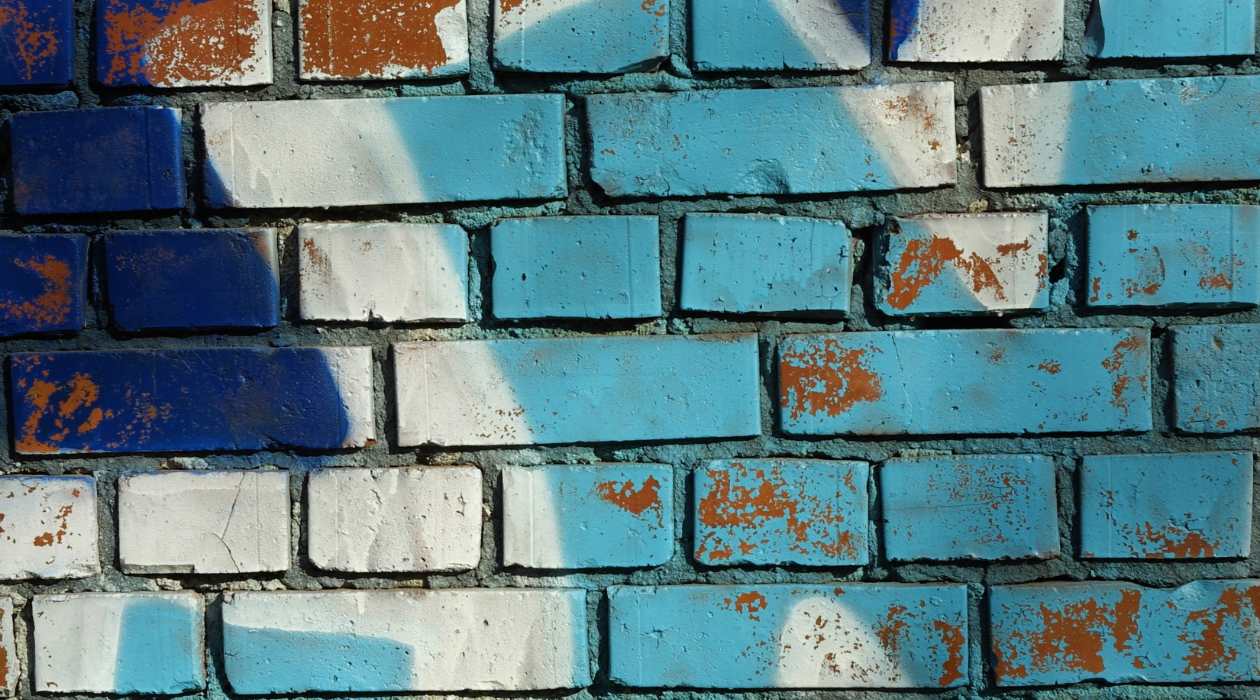
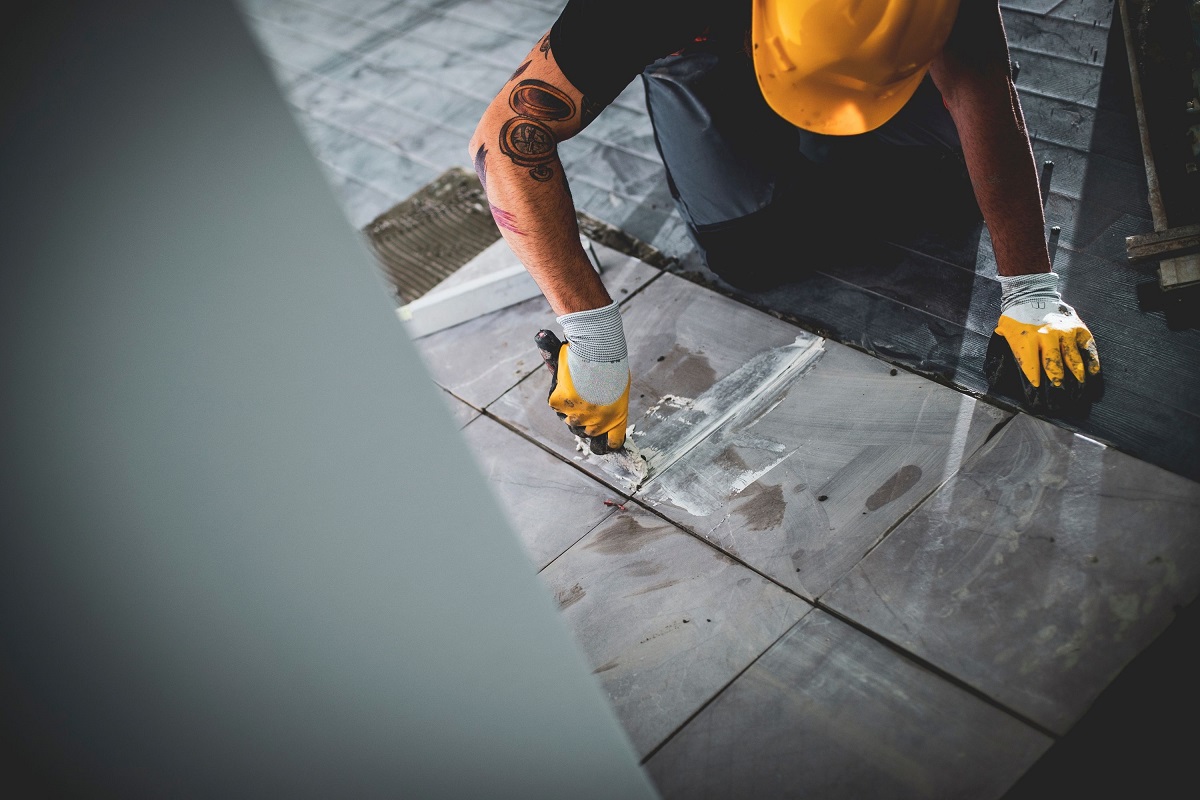
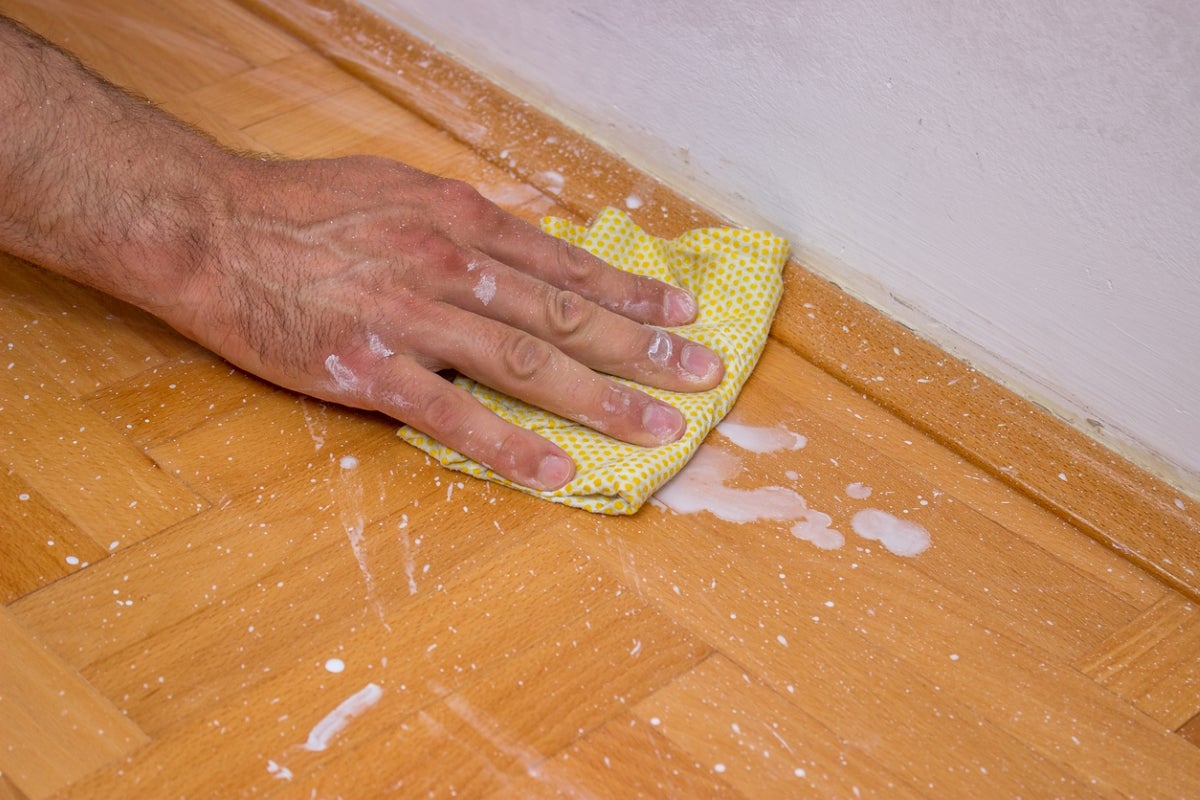
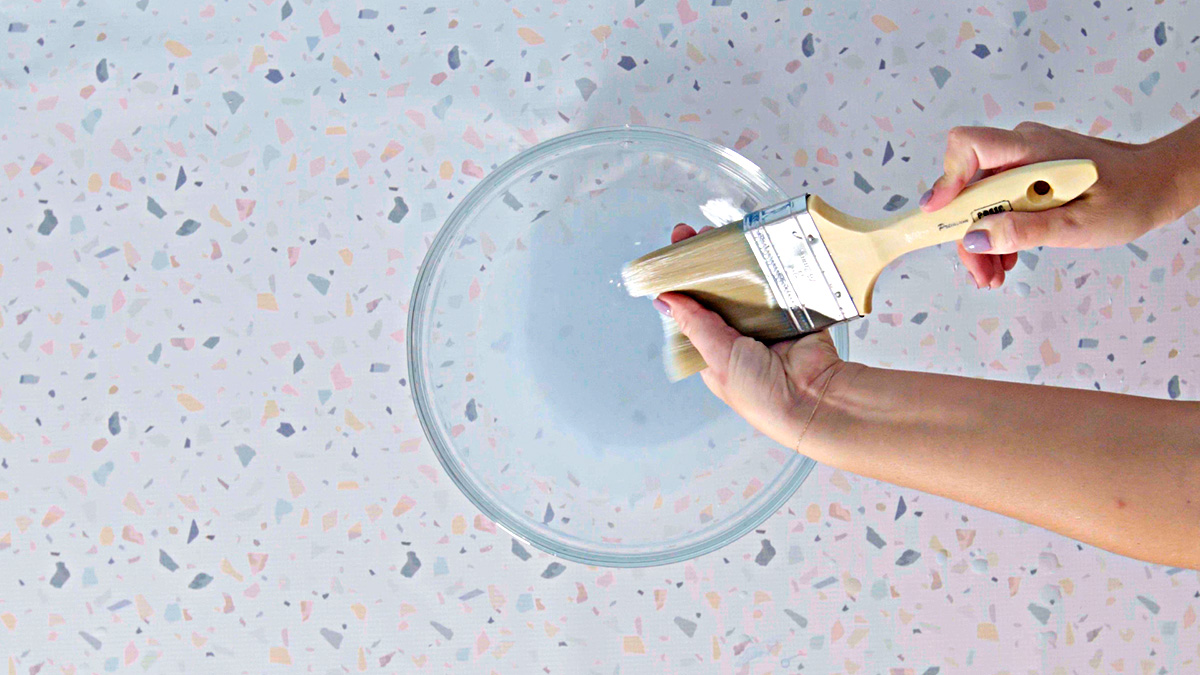
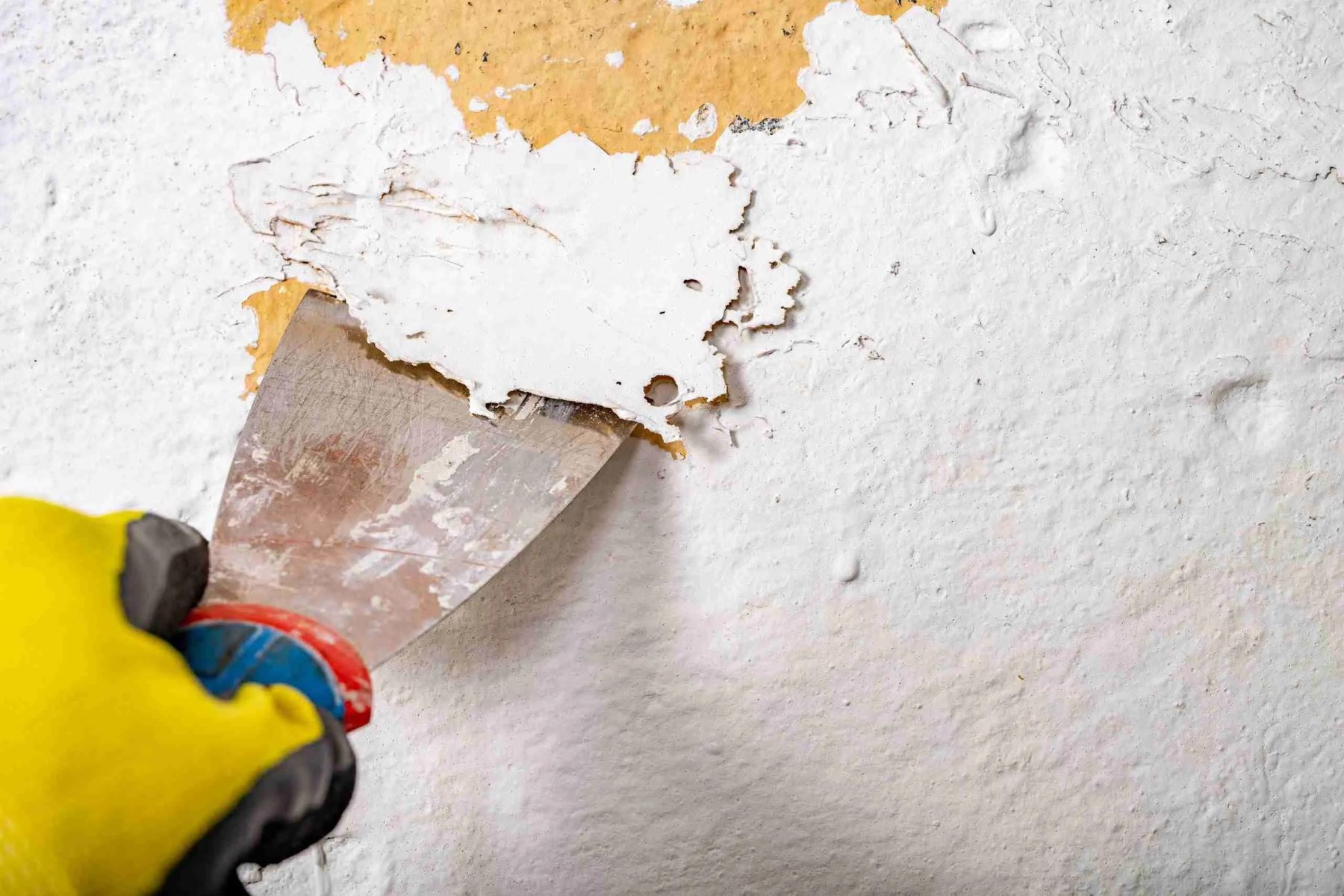
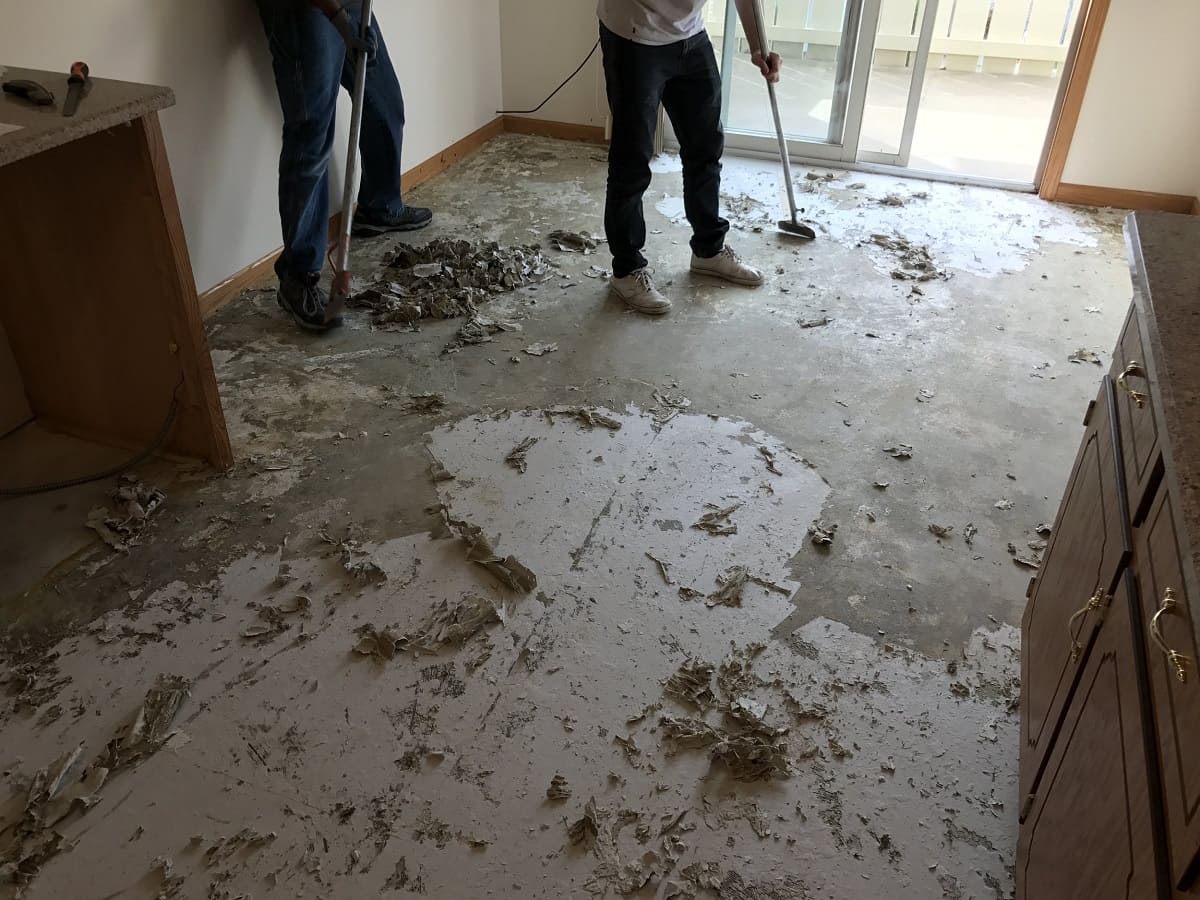
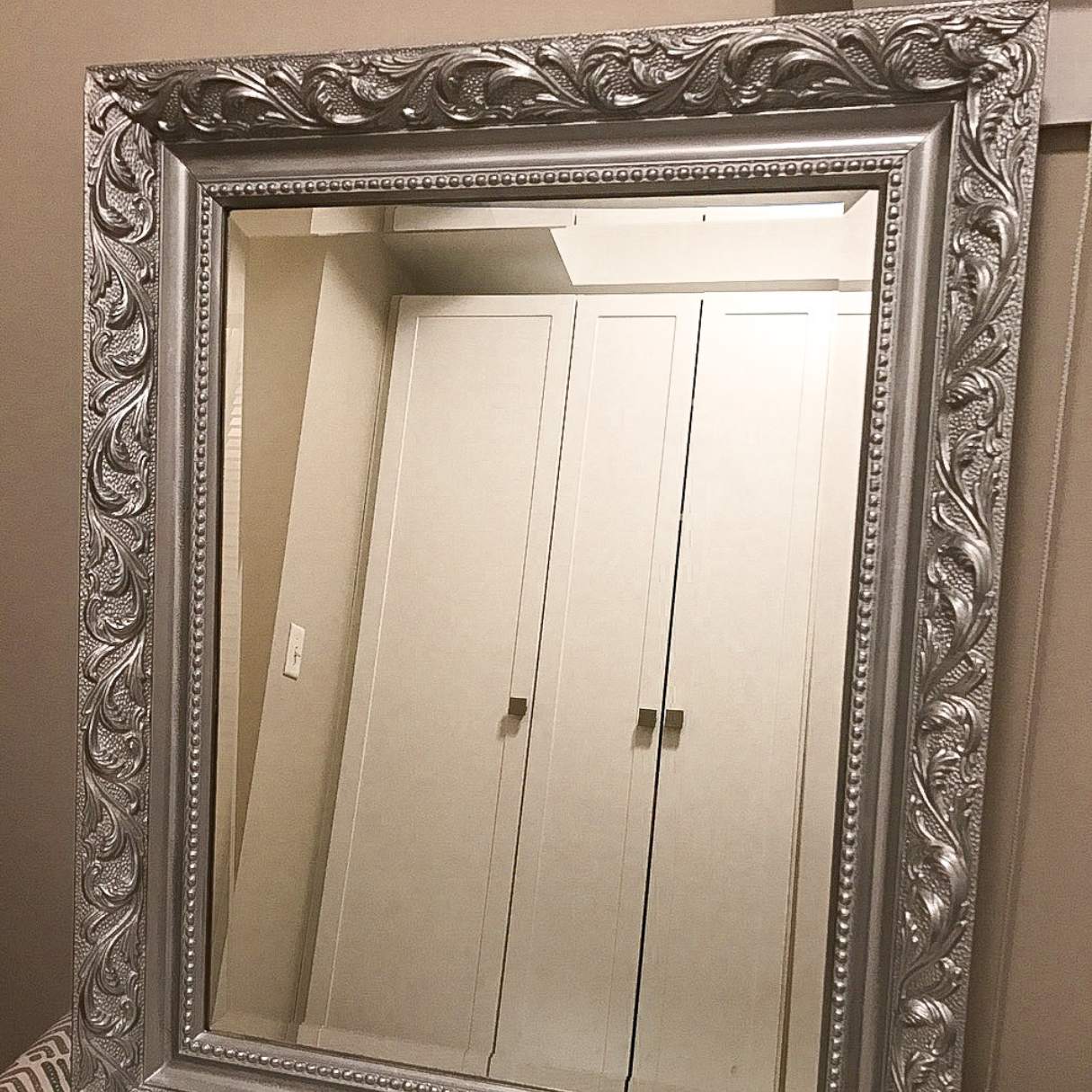
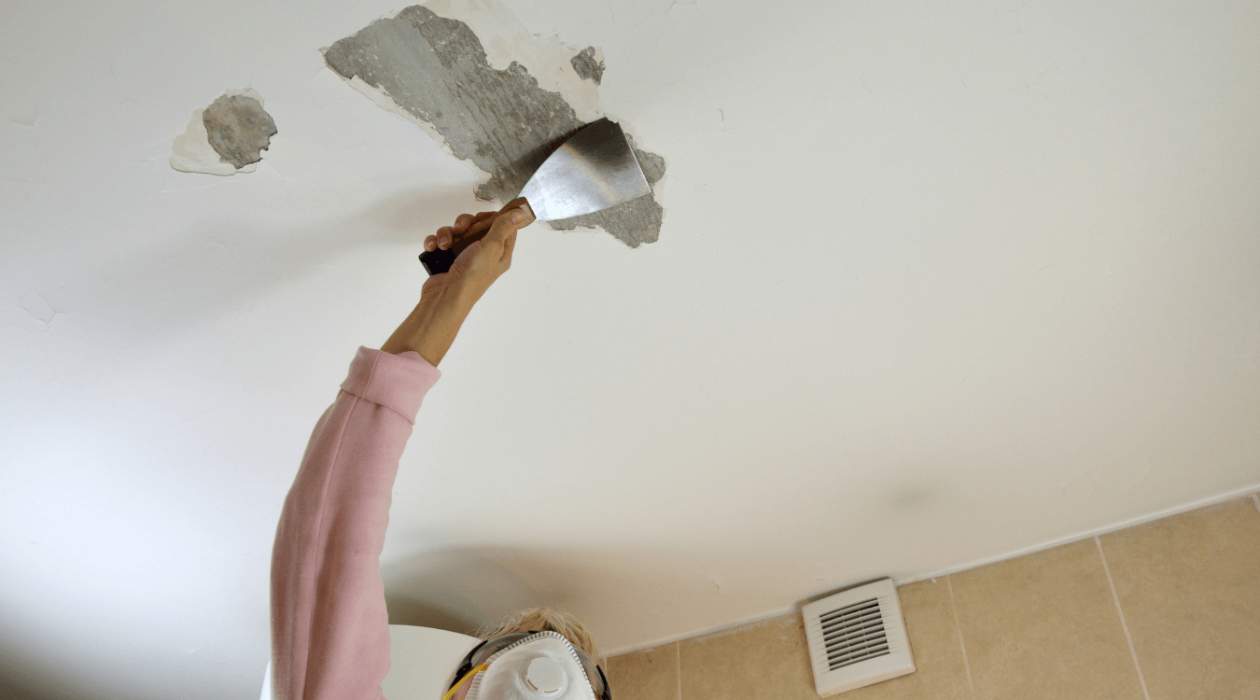
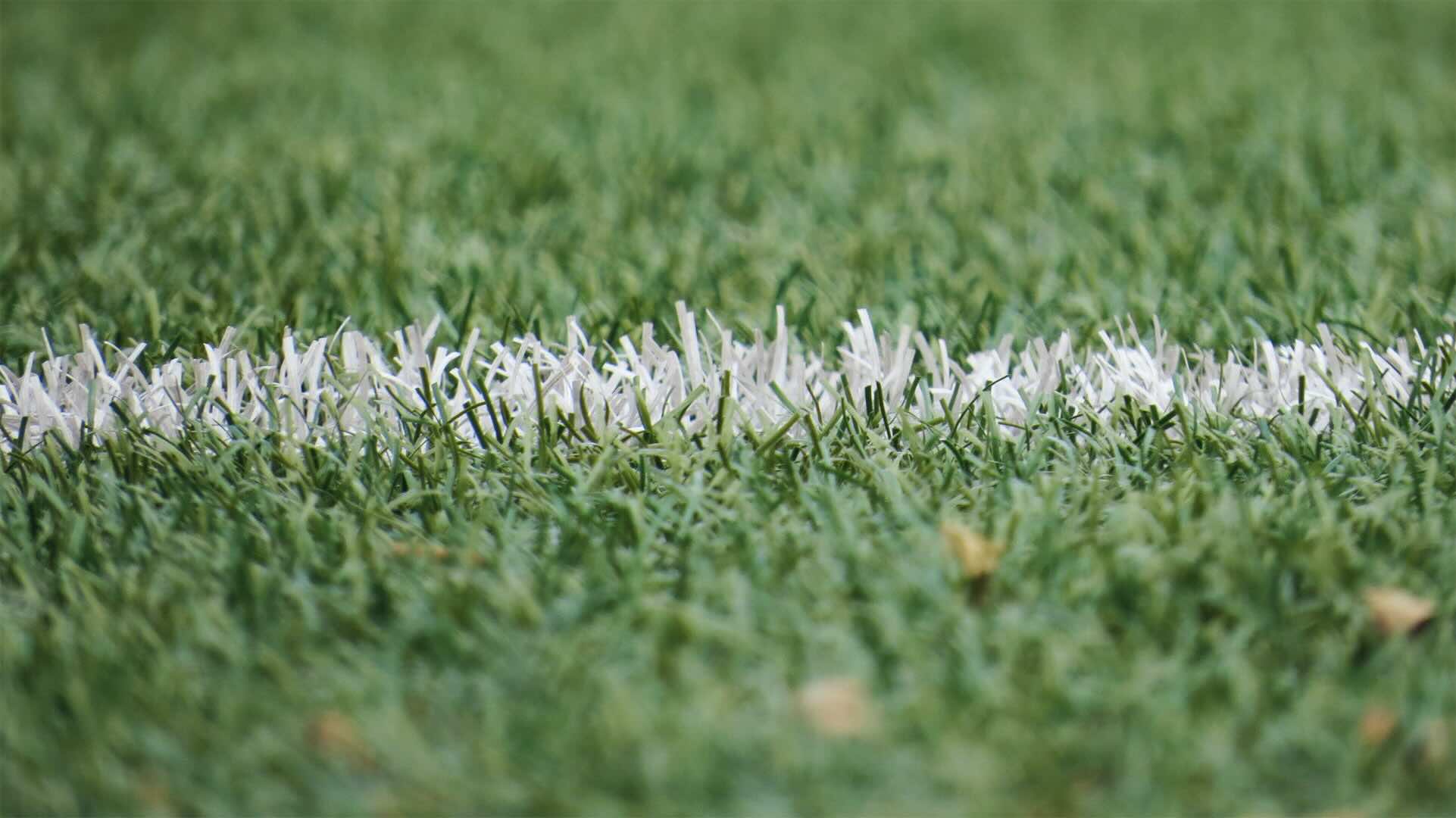
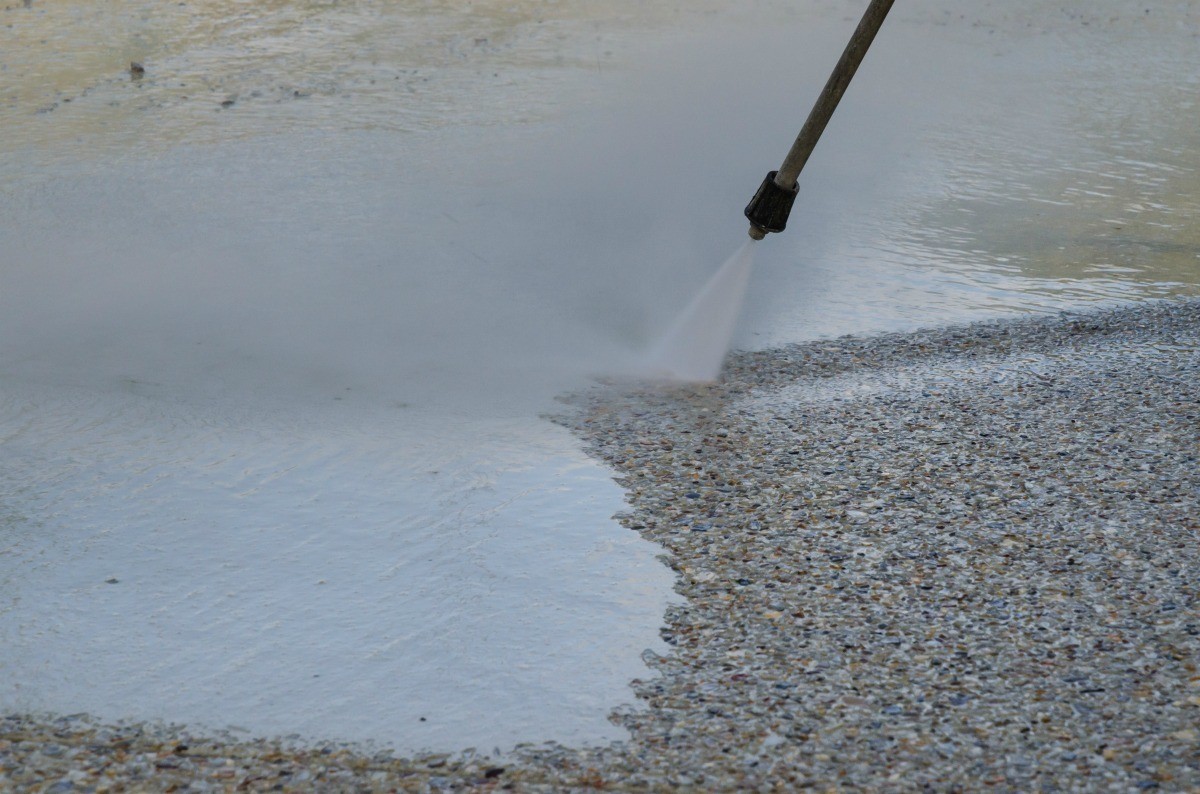
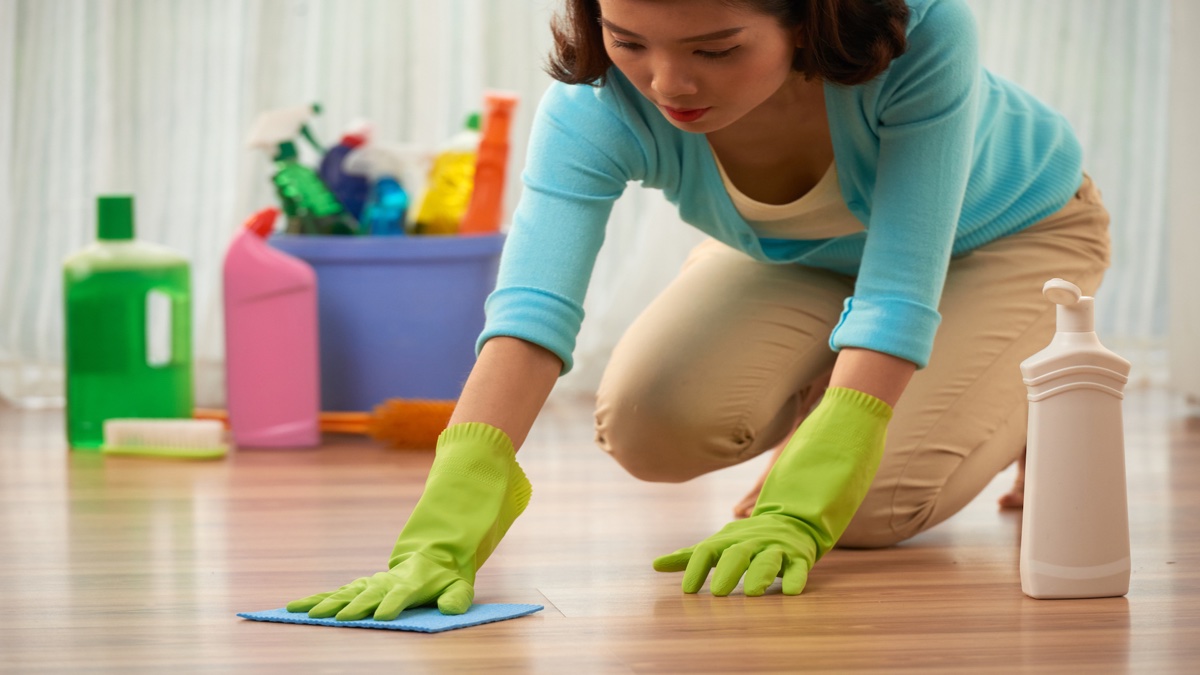
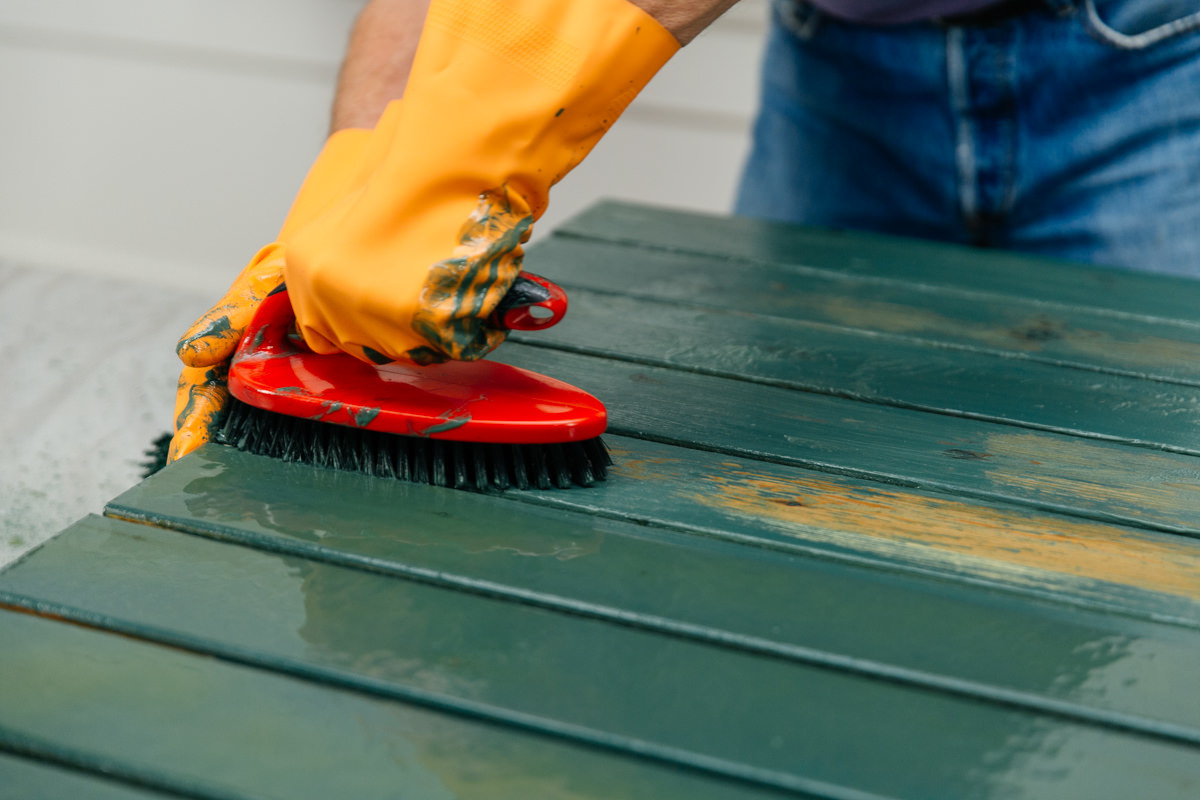
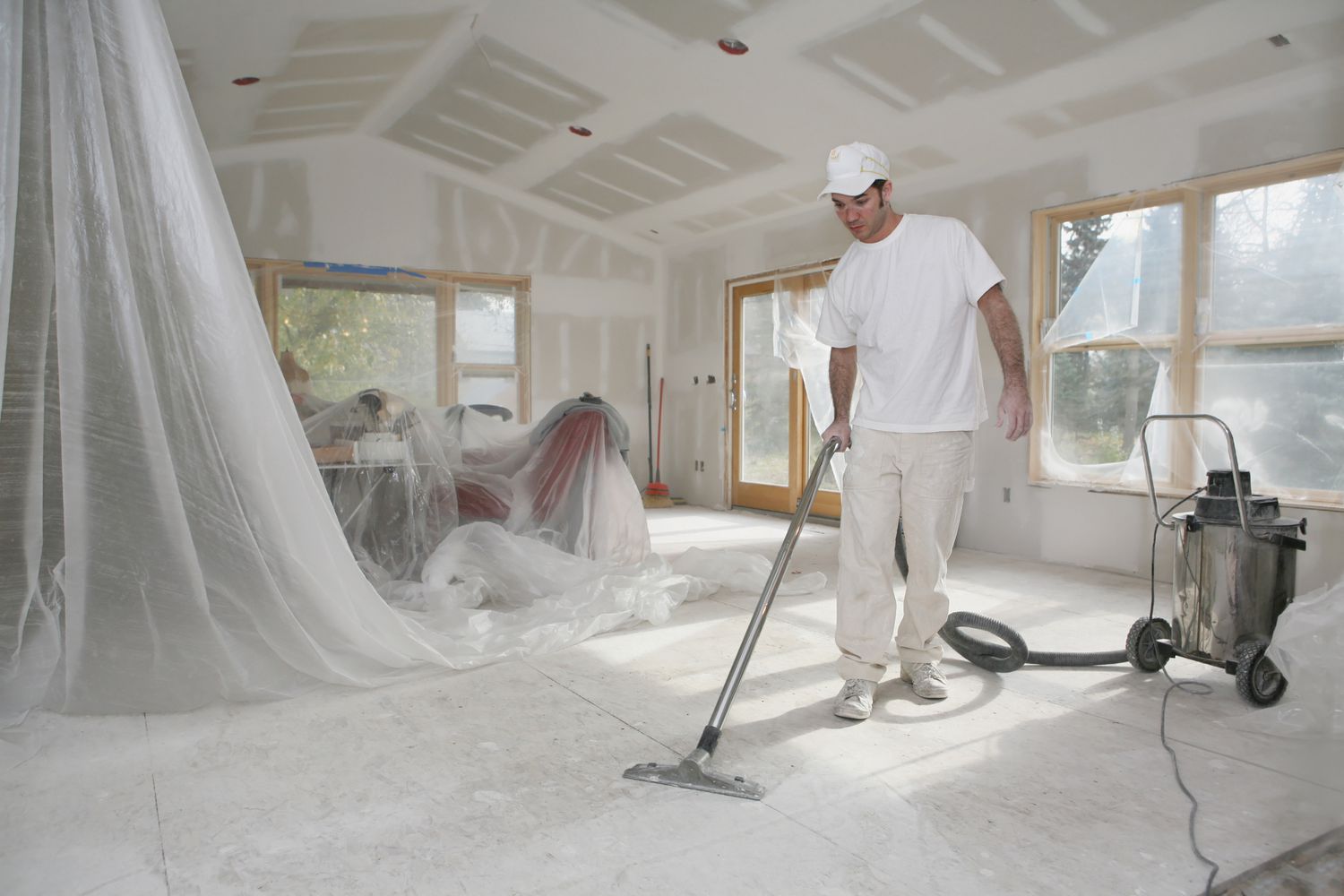

0 thoughts on “How To Get Spray Paint Off The Floor”